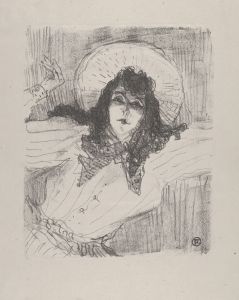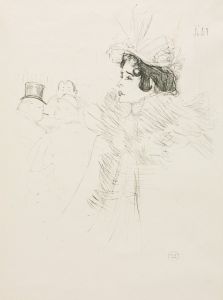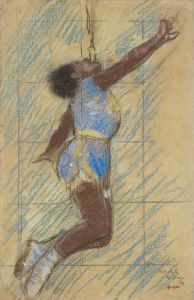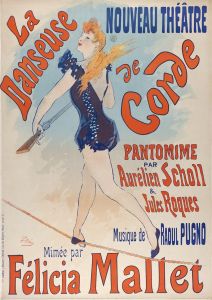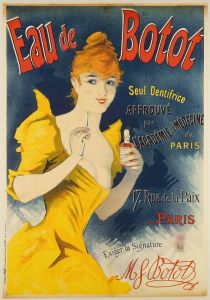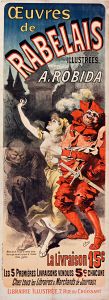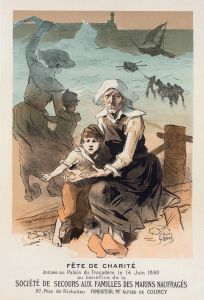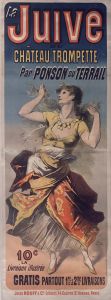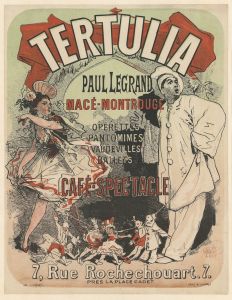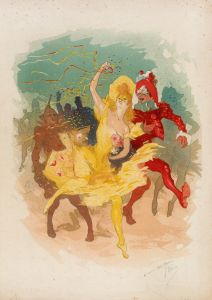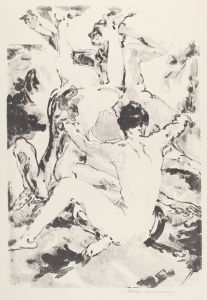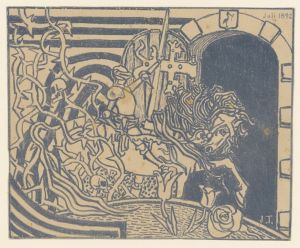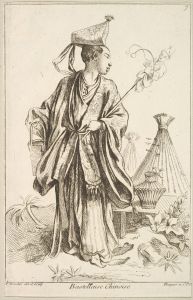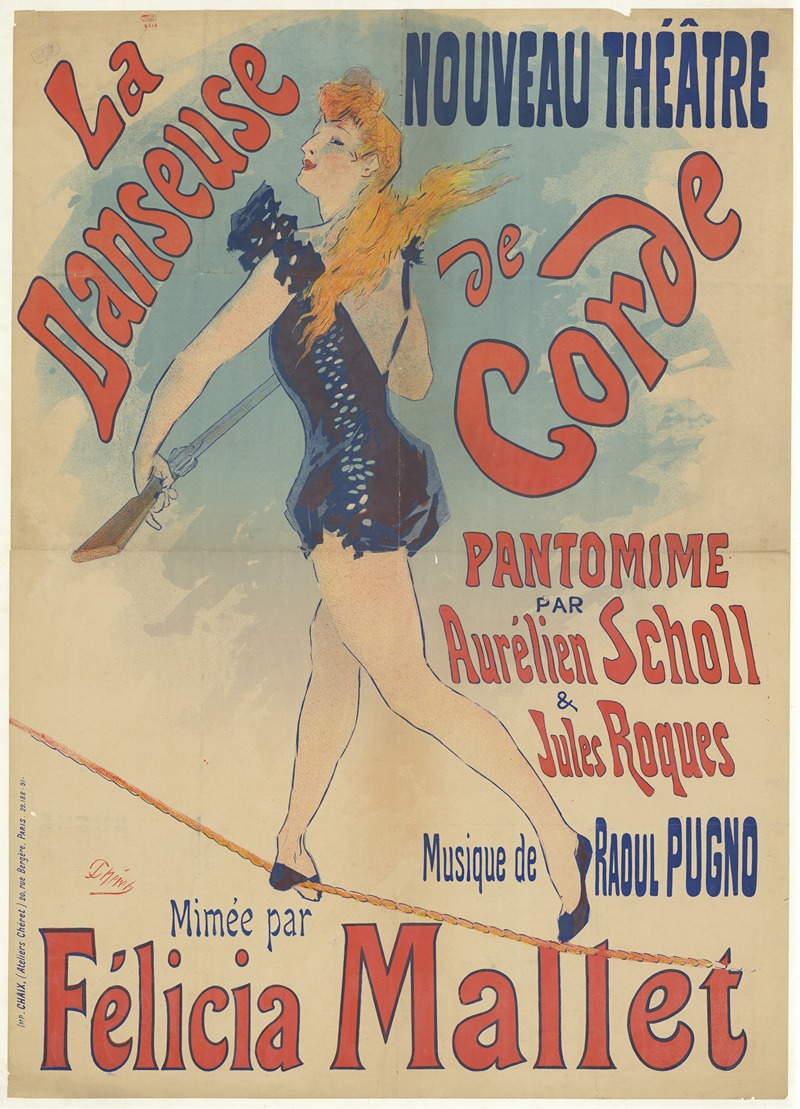
Nouveau Théâtre. La danseuse de corde. Felicia Mallet
A hand-painted replica of Jules Chéret’s masterpiece Nouveau Théâtre. La danseuse de corde. Felicia Mallet, meticulously crafted by professional artists to capture the true essence of the original. Each piece is created with museum-quality canvas and rare mineral pigments, carefully painted by experienced artists with delicate brushstrokes and rich, layered colors to perfectly recreate the texture of the original artwork. Unlike machine-printed reproductions, this hand-painted version brings the painting to life, infused with the artist’s emotions and skill in every stroke. Whether for personal collection or home decoration, it instantly elevates the artistic atmosphere of any space.
Jules Chéret, a French painter and lithographer, is widely regarded as a pioneer of modern poster art. His work "Nouveau Théâtre. La danseuse de corde. Felicia Mallet" is a prime example of his contributions to the Belle Époque era's vibrant visual culture. Created in 1890, this lithographic poster was designed to promote a performance at the Nouveau Théâtre in Paris, featuring the celebrated actress and performer Félicia Mallet.
Chéret's posters are known for their dynamic compositions, vivid colors, and graceful depictions of figures, and this piece is no exception. The artwork showcases Félicia Mallet as a central figure, likely portraying her in the role of a tightrope dancer ("danseuse de corde"). She is depicted in a lively and elegant pose, embodying the energy and charm that Chéret's posters often conveyed. Surrounding her are decorative elements and flourishes that enhance the sense of movement and theatricality, hallmarks of Chéret's style.
The Nouveau Théâtre, where this performance took place, was one of many venues in Paris that thrived during the late 19th century, a period marked by a flourishing of the arts and entertainment. Chéret's posters played a significant role in advertising such events, transforming the streets of Paris into open-air galleries and elevating the status of commercial art. His innovative use of color lithography allowed for bold, eye-catching designs that stood out in urban environments.
Félicia Mallet, the performer featured in this poster, was a prominent figure in Parisian theater during this time. While specific details about her career and the exact nature of the performance depicted in the poster are limited, her inclusion in Chéret's work suggests her popularity and significance in the cultural scene of the era.
Jules Chéret's influence extended beyond his individual works, as he is often credited with inspiring the development of the modern poster and influencing later artists such as Henri de Toulouse-Lautrec. His ability to merge fine art with commercial design helped to redefine the possibilities of graphic art and left a lasting legacy in the world of advertising and visual culture.
This poster, like many of Chéret's creations, is celebrated not only for its artistic merit but also for its historical significance as a reflection of the vibrant cultural life of Belle Époque Paris. It remains a valuable example of the intersection of art, commerce, and entertainment during this dynamic period.





